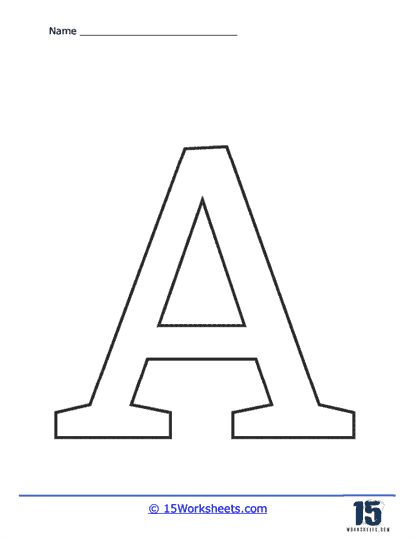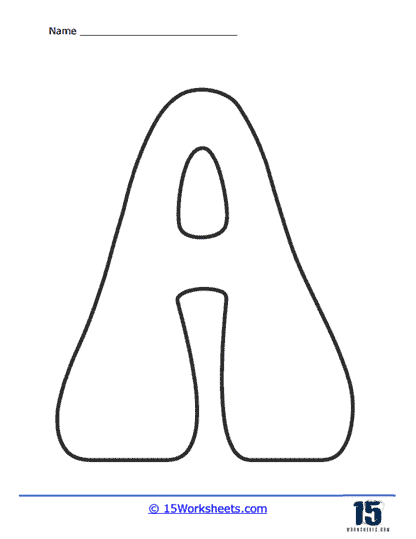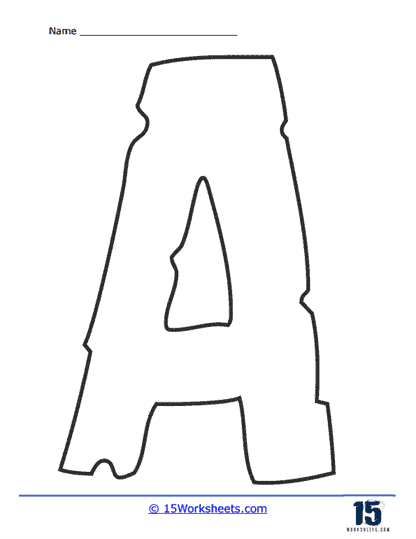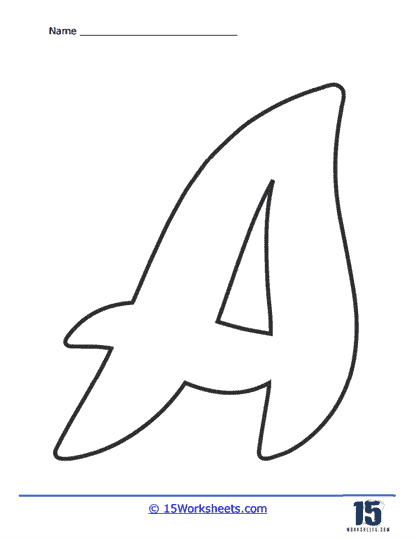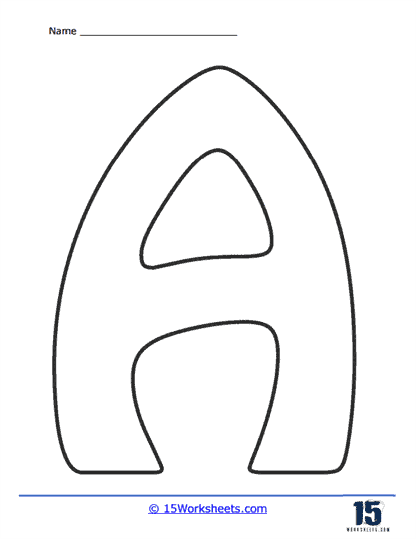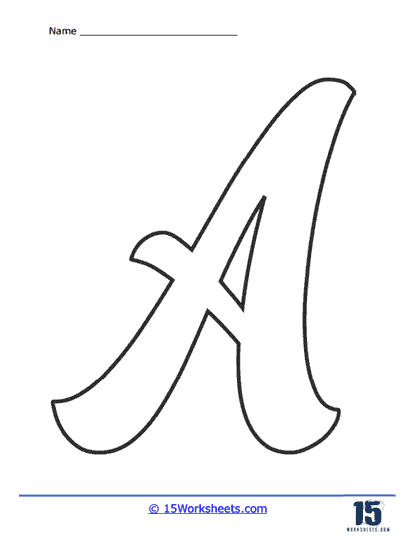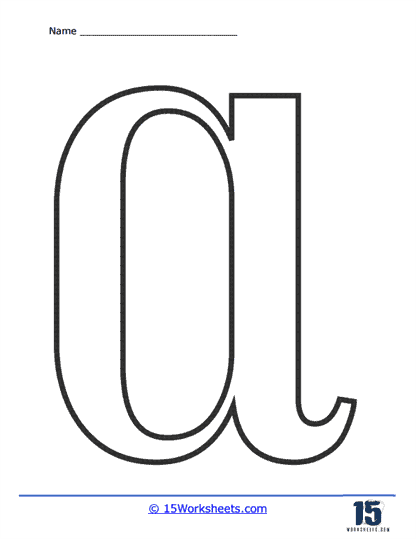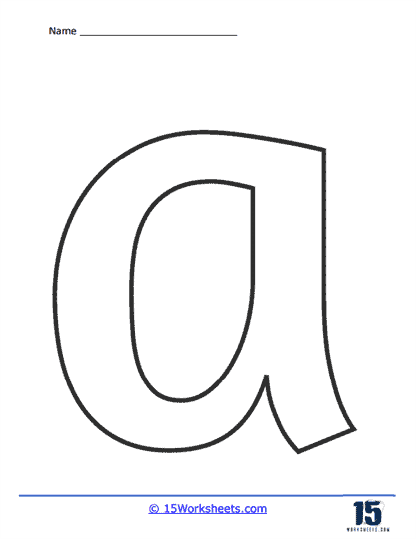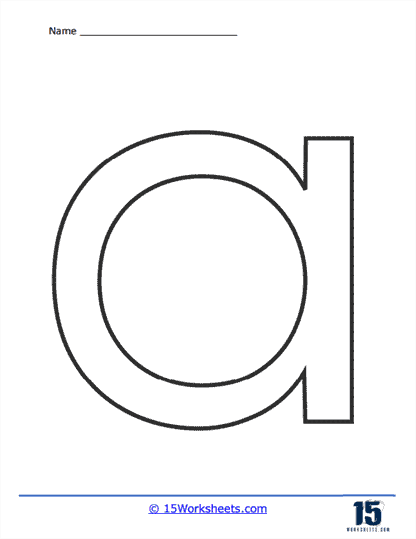Bubble Letter A Worksheets
All About These 15 Worksheets
These worksheets, can be powerful tools in teaching vocabulary and enhancing reading and writing skills. The visual distinctiveness of bubble letters, combined with interactive activities, makes the learning process engaging, effective, and memorable for students. These worksheets focus on the letter A in UPPER and lower case.
Using Bubble Letter Worksheets, specifically those labeled “A” worksheets, can be a novel way to bolster students’ vocabulary, reading, and writing skills. The concept might seem unconventional at first, but there’s plenty of pedagogical reasoning behind it. Here’s how:
1. Vocabulary Building with Visual Memory
Word Representation – Begin by picking vocabulary words that start with the letter “A” and write them out in bubble letters. The distinctive design can make the word visually memorable, aiding retention.
Color Coding – Use different colors to represent various parts of speech. For instance, adjectives might be blue, while nouns are red. As students color in the words, they’re subtly categorizing them, aiding in comprehension and recall.
2. Reading Enhancement
Phonetic Associations – For early readers, bubble letters can emphasize the sound of the letter “A”. You can have images next to words (like “apple” or “ant”) and have students match them, reinforcing the phonetic association.
Word Recognition – As students regularly engage with words written in bubble letters, they become adept at recognizing those words in other contexts. The unique presentation makes the word stand out initially, facilitating quicker recognition later in standard texts.
3. Writing Skill Development
Tracing for Handwriting Practice – Have students trace the bubble letters. This activity helps them understand the structure of the letter and the word, improving handwriting skills.
Sentence Formation – Once students are familiar with several “A” vocabulary words, challenge them to create sentences using those words. This practice reinforces understanding and allows them to apply their new vocabulary contextually.
Word Synonyms – For advanced students, you can introduce a vocabulary word in bubble letters and ask them to list synonyms or use them in complex sentences, pushing them to explore the depth of their vocabulary.
4. Interactive Activities for Reinforcement
Word Searches – Create word searches using the “A” vocabulary words written in bubble letters. It’s a fun, interactive way to reinforce word recognition.
Flashcards – Design flashcards with bubble letter vocabulary on one side and its definition or an image representing it on the other. This method aids in active recall.
Story Creation – Encourage students to write short stories or sentences using as many “A” words as they can. This activity not only tests their memory but also challenges them to use words contextually.
5. Associative Learning
Illustrative Imagery – Alongside the bubble letter word, you can provide images that visually represent the word. For instance, next to the bubble-lettered word “astronaut,” you can have an illustration of an astronaut. This associative learning strengthens memory retention.
Mind Maps – Use the bubble letter “A” as the center of a mind map, with various “A” words branching out. This visual representation can help students remember and associate words with similar beginnings or themes.





